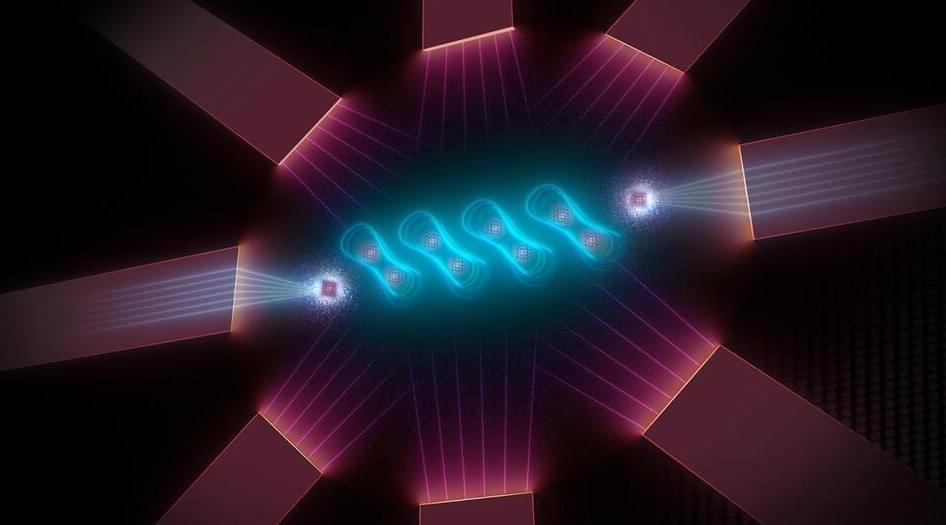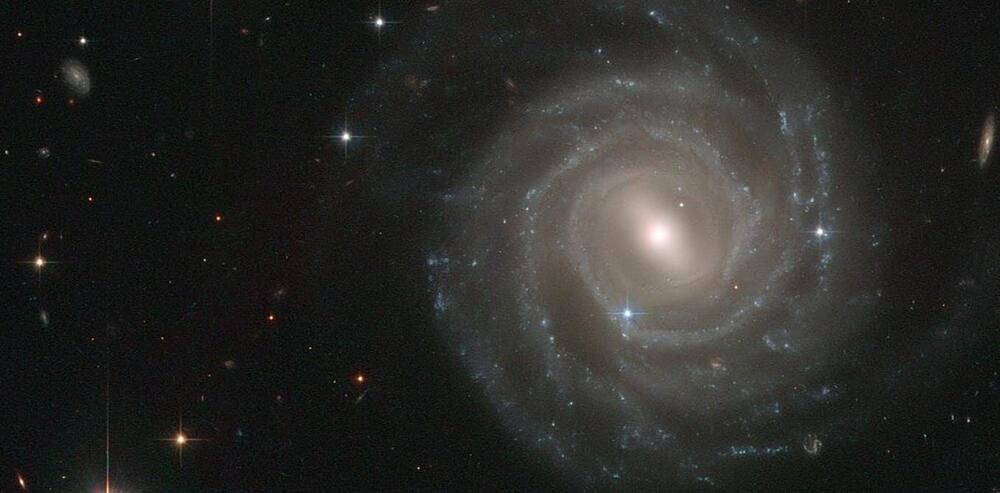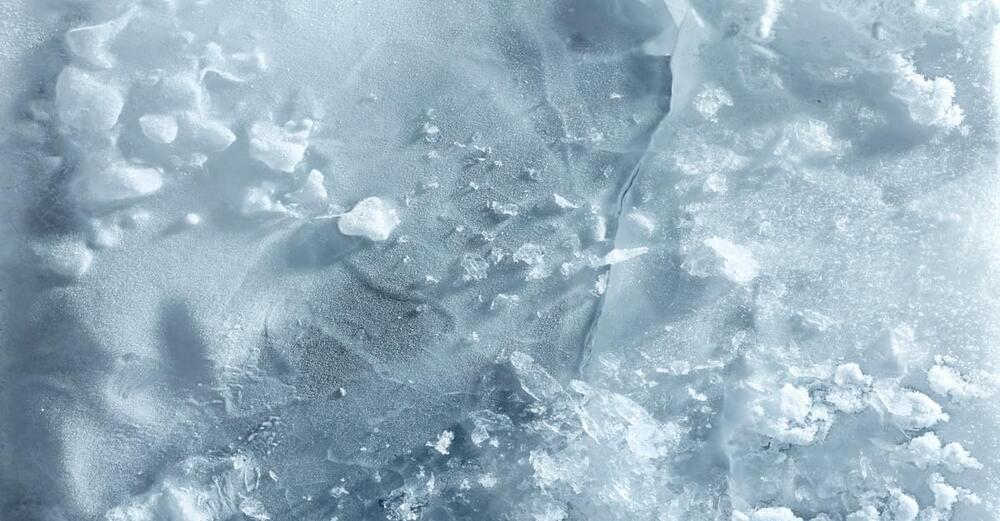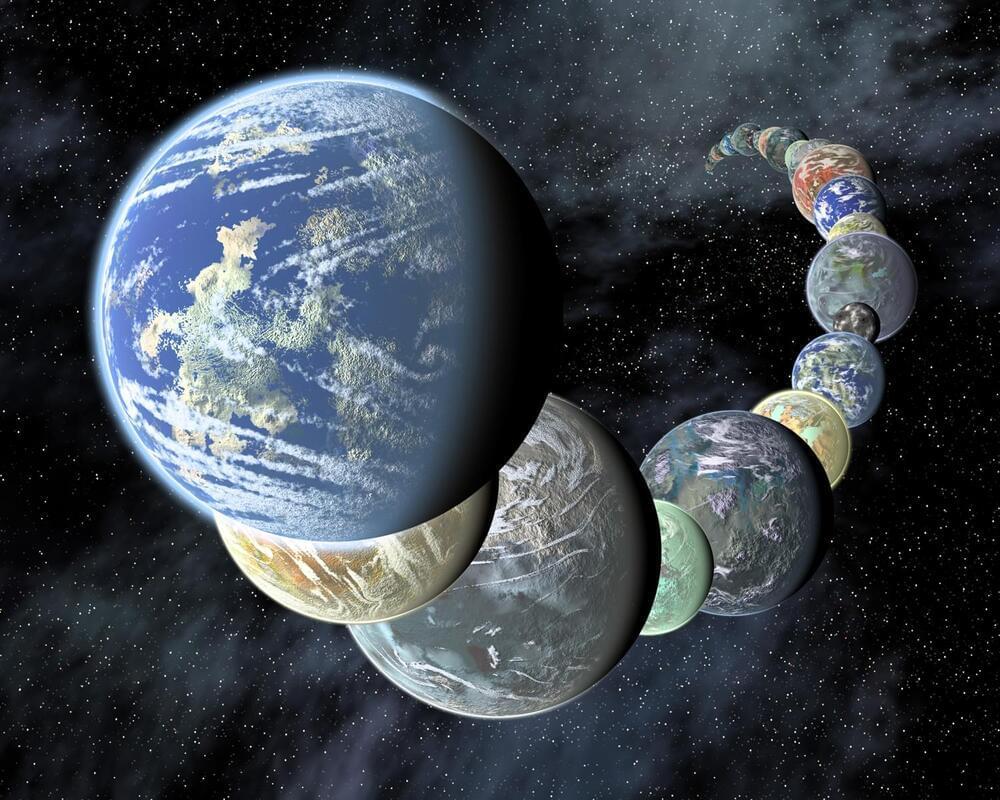Page 3704
Jul 10, 2022
Australian scientists put the quantum world on a microchip
Posted by Shubham Ghosh Roy in categories: computing, quantum physics

A first-of-its-kind quantum simulator could lead to the creation of never-before-seen materials powered by quantum phenomena.

Today we look at the subject of Interstellar Colonization, from the ship concepts and propulsion methods all the way to intergalactic colonization.
Support the Channel on Patreon:
https://www.patreon.com/IsaacArthur.

Sign up with Skillshare for 2 months of Free classes: https://skl.sh/isaacarthur10
Black Holes are often considered the greatest dangers to spaceships in science fiction, but they may turn out to be the perfect power source for future spaceships.
Check out PBS Spacetime’s episode on Hawking Radiation: https://www.youtube.com/watch?v=qPKj0YnKANw.
Toth’s Black Hole Calculator: https://www.vttoth.com/CMS/physics-notes/311-hawking-radiation-calculator.
Visit our Website: http://www.isaacarthur.net.
Support us on Patreon: https://www.patreon.com/IsaacArthur.
SFIA Merchandise available: https://www.signil.com/sfia/
Jul 10, 2022
David Bentley Hart — Theistic Personalism vs. Classical Theism
Posted by Dan Breeden in category: materials

Hart outlines the differences between contemporary analytic styles of theistic thought and classical theism.
For those interested, I invite you to join the “Fans of David Bentley Hart” Facebook group, where you can post/discuss DBH material. Feel free to join here: https://www.facebook.com/groups/552331154934653/
Jul 10, 2022
Dark matter: Our review suggests it’s time to ditch it in favor of a new theory of gravity
Posted by Ken Otwell in categories: cosmology, physics
We can model the motions of planets in the Solar System quite accurately using Newton’s laws of physics. But in the early 1970s, scientists noticed that this didn’t work for disk galaxies —stars at their outer edges, far from the gravitational force of all the matter at their center—were moving much faster than Newton’s theory predicted.
This made physicists propose that an invisible substance called “dark matter” was providing extra gravitational pull, causing the stars to speed up—a theory that’s become hugely popular. However, in a recent review my colleagues and I suggest that observations across a vast range of scales are much better explained in an alternative theory of gravity proposed by Israeli physicist Mordehai Milgrom in 1982 called Milgromian dynamics or Mond —requiring no invisible matter.
Mond’s main postulate is that when gravity becomes very weak, as occurs at the edge of galaxies, it starts behaving differently from Newtonian physics. In this way, it is possible to explain why stars, planets and gas in the outskirts of over 150 galaxies rotate faster than expected based on just their visible mass. But Mond doesn’t merely explain such rotation curves, in many cases, it predicts them.
Jul 10, 2022
Large Hadron Collider switches on at highest ever power level to look for dark matter
Posted by Shubham Ghosh Roy in categories: cosmology, physics
Jul 10, 2022
A Very Basic Experiment Is Stumping the World’s Best Physicists
Posted by Shubham Ghosh Roy in category: physics
Jul 10, 2022
The multiverse: Why do other universes not collide with ours?
Posted by Shubham Ghosh Roy in category: cosmology
Jul 10, 2022
Liver disease in kids has been rising for years. A new study points to why
Posted by Genevieve Klien in categories: biotech/medical, chemistry
It’s the first comprehensive study to look at the association between endocrine-disrupting chemicals, including PFAS, and rates of non-alcoholic fatty liver disease in kids.














